What's New for Apollo 2000 Gen9
- (3) Chassis Options
- (2) Node Options
- Intel Xeon E5-2600v3 or v4 processors
- Max 8TB DDR4 Memory
- Supports NVMe Storage
- HPE's Silicon Root of Trust
- HPE iLO 5 ASIC
- GPU Supported
The HPE Apollo 2000 Gen10 Plus System delivers exceptional density, scalability, and performance, ideal for modern workloads like HPC, cloud, big data analytics, and virtualization. Supporting up to 4 dual-socket servers in a 2U chassis, it features 3rd Gen Intel Xeon Scalable processors, up to 8TB DDR4 memory, NVMe storage options, and advanced power efficiency with HPE's Silicon Root of Trust for unmatched security. Designed for dynamic environments, it offers flexible configurations, high-speed networking, and cutting-edge management tools like HPE iLO 5, ensuring reliability and cost-effective performance for demanding applications.
A chassis requires that four (4) server tray slots be populated with either the server nodes or an HPE Apollo 2000 Server Tray Blank Kit.
Supports up to (4) 1U XL170r Node Servers
Supports up to (2) 2U XL190r Node Servers
CTO Configuration Support
Need help with the configuration? Contact us today!
Chassis Options

Apollo r2200 G9 12 LFF
798152-B21

Apollo r2600 G9 24 SFF
798153-b21

Apollo r2800 G9 24 SFF w/ Exp
798154-B21
HPE Apollo r2800 Chassis w/ Expander
The HPE Apollo r2800 Chassis with the Expander Backplane offers flexible drive mapping, enabling custom allocations across server nodes to meet workload demands. It supports SAS and SATA hard drives, but in RAID configurations, only SAS drives are used when both types are selected. Ideal for adaptable storage needs.
Note: If B140i is the primary controller, then you can only select SATA drives.
HPE Apollo 2000 Gen9 Maximum Internal Storage
- Hot Plug LFF SAS 10k 24TB x 6TB
- Hot Plug LFF SATA 4.0TB 6 x 1TB
- Hot Plug LFF SATA SSD 1.9 TB 6 x 480GB
- Hot Plug LFF SAS SSD 19.2TB 12 X 1.6TB
- Hot Plug SFF SAS 7.2k 12TB 12 X 1.0TB
- Hot Plug SFF SAS 10k 21.6TB 12X1.8TB
- Hot Plug SFF SAS 15k 7.2TB 12X600GB
- Hot Plug SFF SATA 12TB 12X1TB
- Hot Plug SFF SATA SSD 11.5TB 12X960GB
- Hot Plug SFF SAS SSD 19.2TB 12X1.6TB
Node Options
Mixing Server Nodes is Supported

1U XL170r | 798155-B2 (Max 4)

QuickSpecs Manual
(2) Intel Xeon E5-2600v3 or v4
(16) 2400MT/s DDR4 DIMM
(2) PCIe Slots across (3) Riser Options
Support for FlexibleLOM
HPE iLO (Firmware: HPE iLO 4)
GPUs Not Supported

2U XL190r | 798156-B21 (Max 2)

QuickSpecs Manual
(2) Intel Xeon E5-2600v3 or v4
(16) 2400MT/s DDR4 DIMM
(3) PCIe Slots across (Many) Riser Options
Support for FlexibleLOM
HPE iLO (Firmware: HPE iLO 4)
(2) GPUs Supported
Memory Options | 8TB
The HPE Apollo 2000 System has strict memory configuration requirements to ensure optimal performance and reliability. A minimum of 2 DIMMs is required per server, and mixing different DIMM types or installing DDR3 memory is not supported. Each server node supports up to 16 DIMMs, allowing for a total of 32 DIMMs in a 2-node 2U XL190r configuration or 64 DIMMs in a 4-node 1U XL170r configuration within the chassis. This design offers exceptional memory scalability, ideal for high-performance computing and data-intensive workloads. Proper memory configuration is crucial to leverage the full potential of the Apollo 2000's compute density and workload optimization.
Max Memory Capacity:
- Max 8TB, 2TB (16 x 128GB) Per Node
- 64 DIMMs in a 4-node 1U XL170r
- 2 DIMMs in a 2-node 2U XL190r
HPE Smart Storage Controllers
The HPE Apollo 2000 Gen9 systems support a range of storage controllers to meet diverse workload requirements. The embedded HPE Dynamic Smart Array B140i Controller offers basic RAID functionality in UEFI Boot Mode, ideal for entry-level setups. For advanced needs, upgradeable options include the HPE Smart Array P440/4GB and P840/4GB for internal SAS/SATA storage, and the P441/4GB for external SAS connectivity. Additionally, HPE H240 and H241 Smart HBAs provide internal and external storage flexibility.
Controllers are installed in PCIe riser slots with various assembly options, and proper cabling kits must be selected. For configurations using cache modules (FBWC), the HPE Smart Storage Battery ensures data integrity during power loss. Adhering to installation and thermal guidelines is crucial for optimal performance. These options make the Apollo 2000 Gen9 a scalable solution for both entry-level and high-density environments.
IMPORTANT: The HPE Apollo r2800 Chassis does not support nodes using the
HPE Dynamic Smart Array B140i Controller or the HPE P840 Smart Array Controller.
HPE Apollo 2000 Gen9 Plus PCI Risers
This is the Major Difference Between the Server Trays---
The 1U XL170r has only 3 options for Risers, a FlexlibleLOM riser or the normal right and left risers for the 1U Server Tray. This server supports Workload Accelerators but does not have any GPU Support.
The 2U XL190r server on the other hand has many different GPU’s it can support and most of them have their own special risers. Please look up the name of the risers to make sure it matches the GPU / Accelerator you are installing. We understand sometimes this part gets confusing. If you have any issues or questions please reach out to us.
| Expansion Slots 1U XL170r |
| Expansion Slots # |
Technology |
Bus Width |
Source |
Connector Width |
Form Factor |
| 1 |
PCIe 3.0 |
x16 |
CPU1 |
x16 |
Low Profile |
| FlexibleLOM |
PCIe 3.0 |
x8 |
CPU1 |
x16 |
FlexibleLOM |
| 2 |
PCIe 3.0 |
x16 |
CPU2 |
x16 |
Low Profile |
The following table summarizes the configuration options for risers associated with the GPU cards.
| XL190r Server Tray Specs Only |
|
HPE NVIDIA Tesla K80 Dual GPU Module |
HPE NVIDIA Tesla K40 12 GB Module |
HPE AMD S9150 Accelerator Kit |
HPE NVIDIA Grid M60-RAF Dual GPU Module |
|
J0G95A |
F1R08A |
J0H11A |
M3X67A |
HPE XL190r Gen9 AMD GPU Enablement Kit
(827357-B21) |
|
|
X |
|
HPE XL190r Gen9 K40 Enablement Kit
(800807-B21) |
X |
X |
|
X |
HPE XL190r Gen9 Dul K80/M60 GPUAdptr Kit
(802855-B21) |
X |
|
|
X |
HPE XL190r Gen9 Single GPU Adptr Kit
(798203-B21) |
|
X |
X |
|
HPE XL190r Gen9 Dual GPU Adptr Kit
(798196-B21) |
|
X |
X |
|
HPE FLOM 2U node Riser
(798184-B21) |
|
X |
X |
|
HPE 11OS Riser kit
(198184-B21) |
|
X |
|
|
HPE GD Riser kit
(798188-B21) |
|
X |
|
|
Networking Abilities | FlexibleLOM
The HPE Apollo 2000 Gen 9 rack server offers unparalleled flexibility in network connectivity through its FlexibleLOM options. By installing a dedicated LOM riser (1U - 798180-B21 or 2U - 798184-B21), users can tailor network configurations to meet specific workload requirements. This innovative approach enables the seamless integration of various network technologies, including 1 Gigabit, 10 Gigabit, and InfiniBand, within a single chassis. This flexibility empowers organizations to optimize network performance, scalability, and efficiency, ensuring that the Apollo 2000 can adapt to evolving business needs.
HPE Apollo 2000 Gen9 Cooling
The HPE Apollo 2000 Gen 9 rack server offers robust cooling capabilities to ensure optimal performance and reliability. The chassis is equipped with four high-efficiency, single-rotor fans for efficient airflow. To further enhance redundancy and cooling capacity, users can add an additional four fans (part number 800059-B21). This modular approach allows for flexible configuration based on specific cooling requirements. Additionally, the optional HPE Advanced Power Manager (HPE APM) provides advanced power management and monitoring, including fan speed control, to optimize energy efficiency and maintain optimal operating temperatures.
HPE Apollo 2000 Gen9 Rack Consolidation Module (RCM)
HP Apollo 2000 Rack Consolidation Module Kit (798211-B21) is an optional RCM (Rack Consolidation Management) module kit that allows iLO aggregation at the chassis level and also has the port for the HPE APM. The RCM Module consists of 2 iLO ports for redundancy. It can also be daisy-chained to connect to a Top of the Rack (TOR) management switch. If using the RCM module iLO port or the dedicated iLO management port module to connect to a network, the network must operate at a speed of 1Gb/s.
HPE Apollo Platform Manager Kit (APM)
The HPE Advanced Power Manager (APM) now called Apollo Platform Manager Kit (741192-B21) is an optional rack-level management solution designed to enhance power efficiency and simplify hardware management. It automatically discovers hardware components and provides server-level power control, including power on/off, server metering, dynamic power capping, and configurable power-up dependencies and sequencing. APM consolidates Ethernet access to all resident iLOs, supports asset management, and offers rack-level event logging, RADIUS authentication, and an integrated serial concentrator. Additional features include support for up to 11 local user accounts, a read-only service port, and compatibility with SNMP, SSH, Syslogd, and Telnet protocols.
Note: If using the RCM module iLO port or the dedicated iLO management port module to connect to a network, the network must operate at a speed of 1Gb/s.
NOTE: Each HPE APM can connect up to 10 chassis via consolidated chassis management cable
HPE Lights Out! | iLO 4
HPE Integrated Lights-Out (HPE iLO 4)
Monitor your servers for ongoing management, service alerting, reporting, and remote management with HPE iLO.
UEFI
Configure and boot your servers securely with industry-standard Unified Extensible Firmware Interface (UEFI).
HPE Insight Control
HPE Insight Control, a product option, delivers essential infrastructure management that can help save time and money by making it easy to deploy, monitor, remote control, and optimize your IT infrastructure through a single, simple management console.
Dimensions & Weight
Apollo r2200 12 Bay
Dimensions (H x W x D):
- 3.44 x 17.64 x 33.40in
- 8.73 x 44.80 x 86.33cm
Weight:
- Min: 26.37 lb (11.94 kg)
- Max: 55.93 lb (25.37 kg)
Apollo r2600 24 Bay
Dimensions (H x W x D):
- 3.44 x 17.64 x 32.40in
- 8.73 x 44.81 x 82.81cm
Weight:
- Min: 21.74 lb (9.86 kg)
- Max: 51.69 lb (23.45 kg)
Apollo r2800 24 Bay
Dimensions (H x W x D):
- 3.44 x 17.64 x 32.40in
- 8.73 x 44.81 x 82.27cm
Weight:
- Min: 22.05 lb (10.00 kg)
- Max: 52.00 lb (23.50 kg)
XL170r Gen9 1U | 798155-B21
Dimensions (H x W x D):
- 1.63 x 7.07 x 25.26in
- 4.13 x 17.95 x 64.15cm
Weight:
- Min: N/A
- Max: 3.82 lb (1.73 kg)
XL190r Gen9 2U | 798156-B21
Dimensions (H x W x D):
- 2.63 x 7.07 x 25.26in
- 6.68 x 17.95 x 64.15cm
Weight:
- Min: N/A
- Max: 14.27 lb (6.47 kg)
































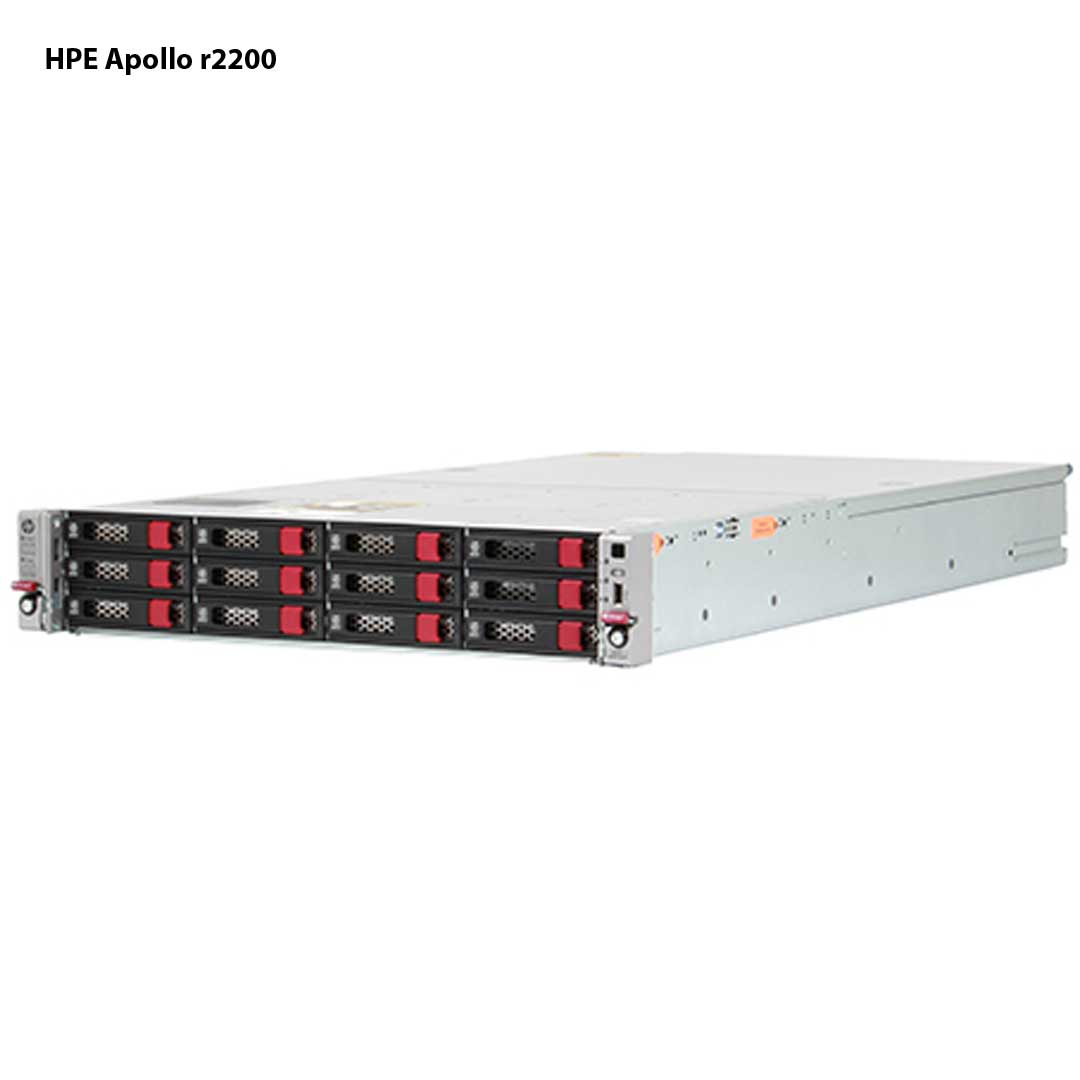
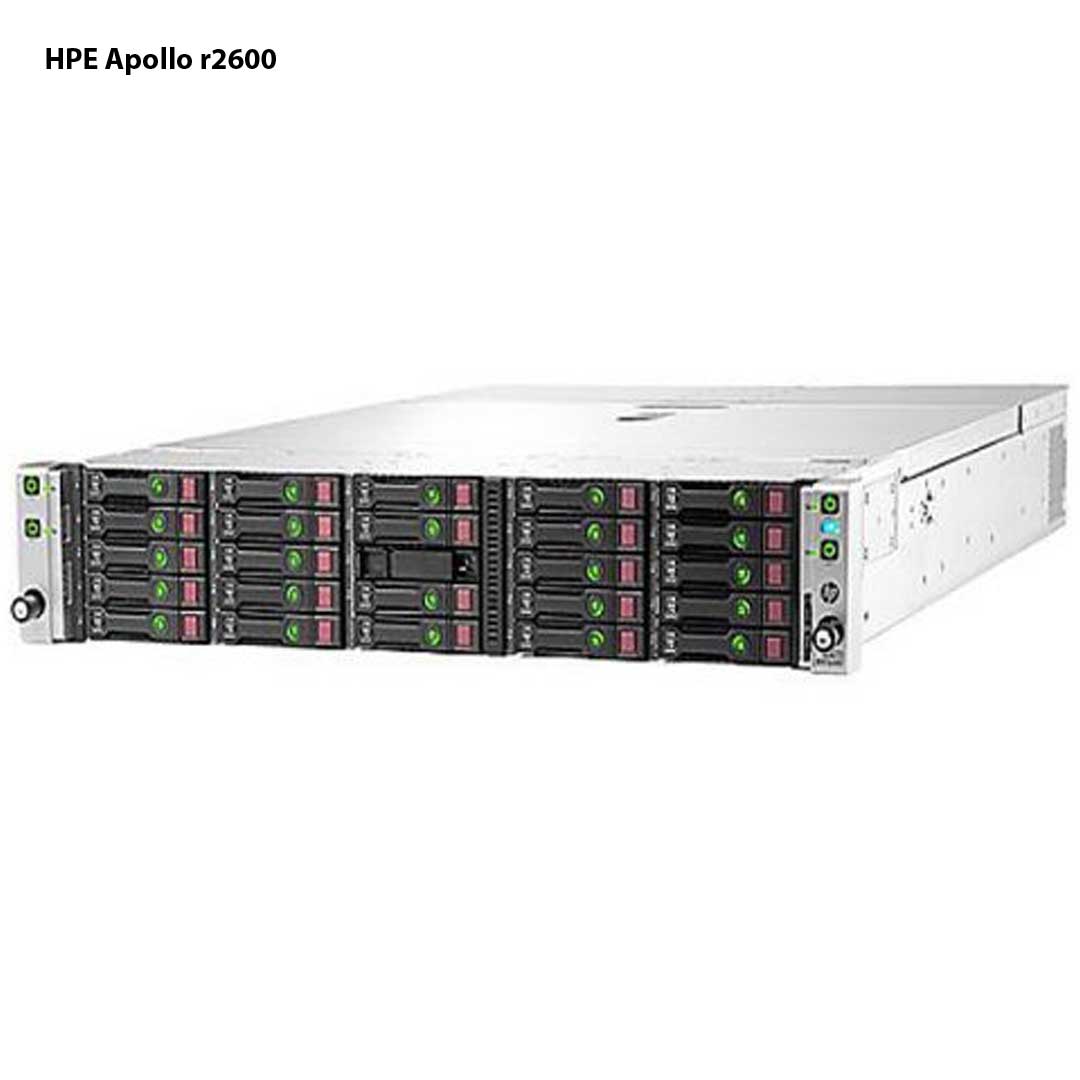
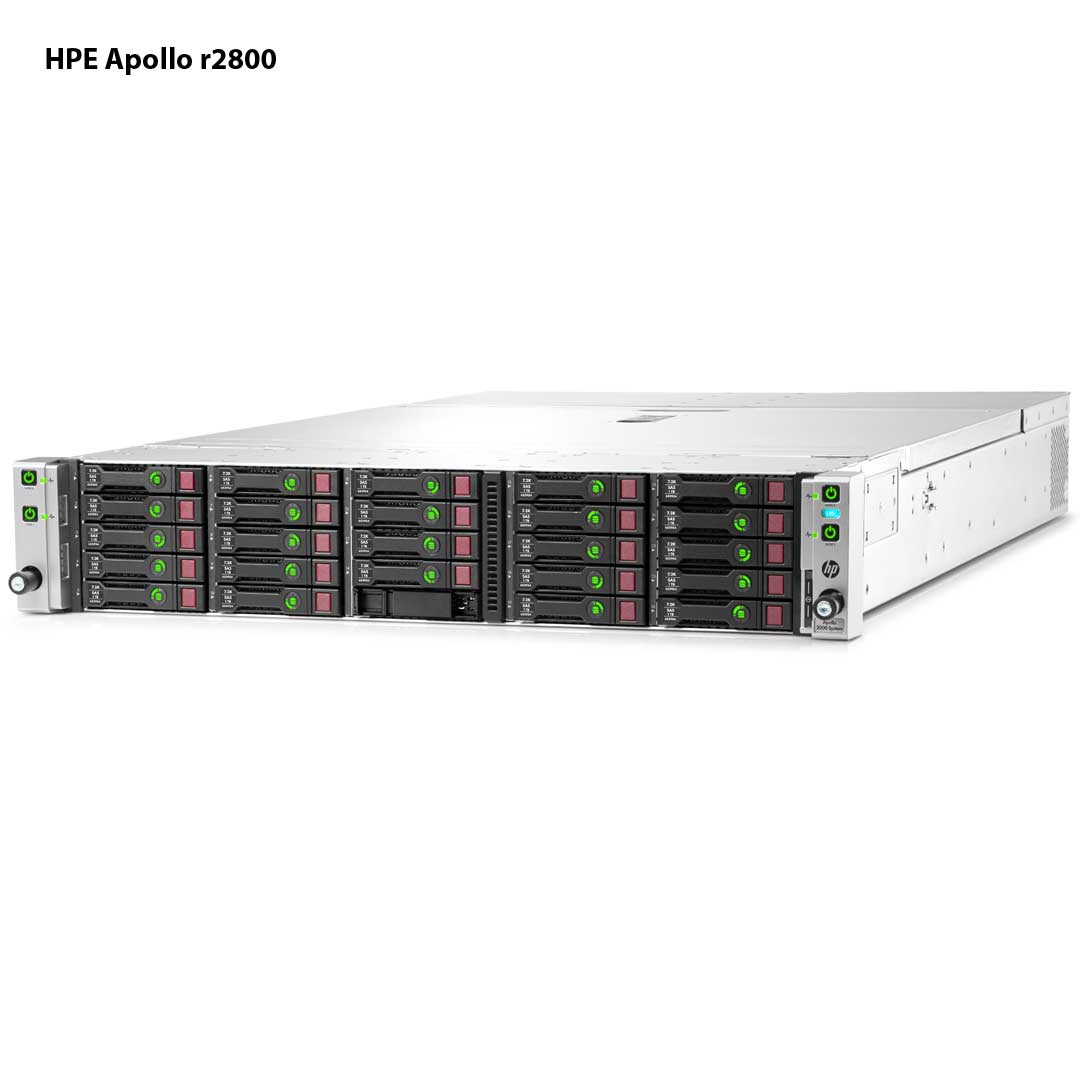
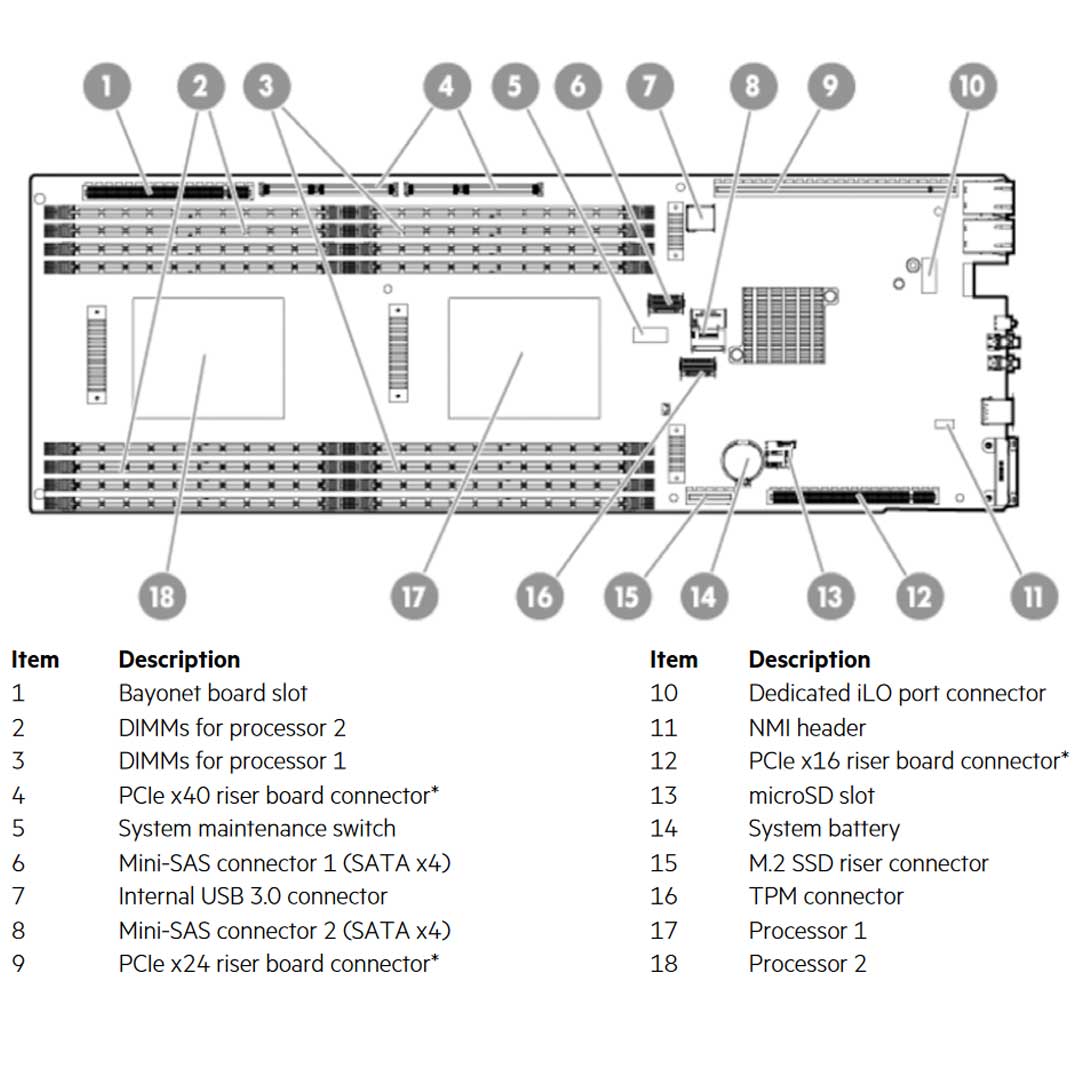
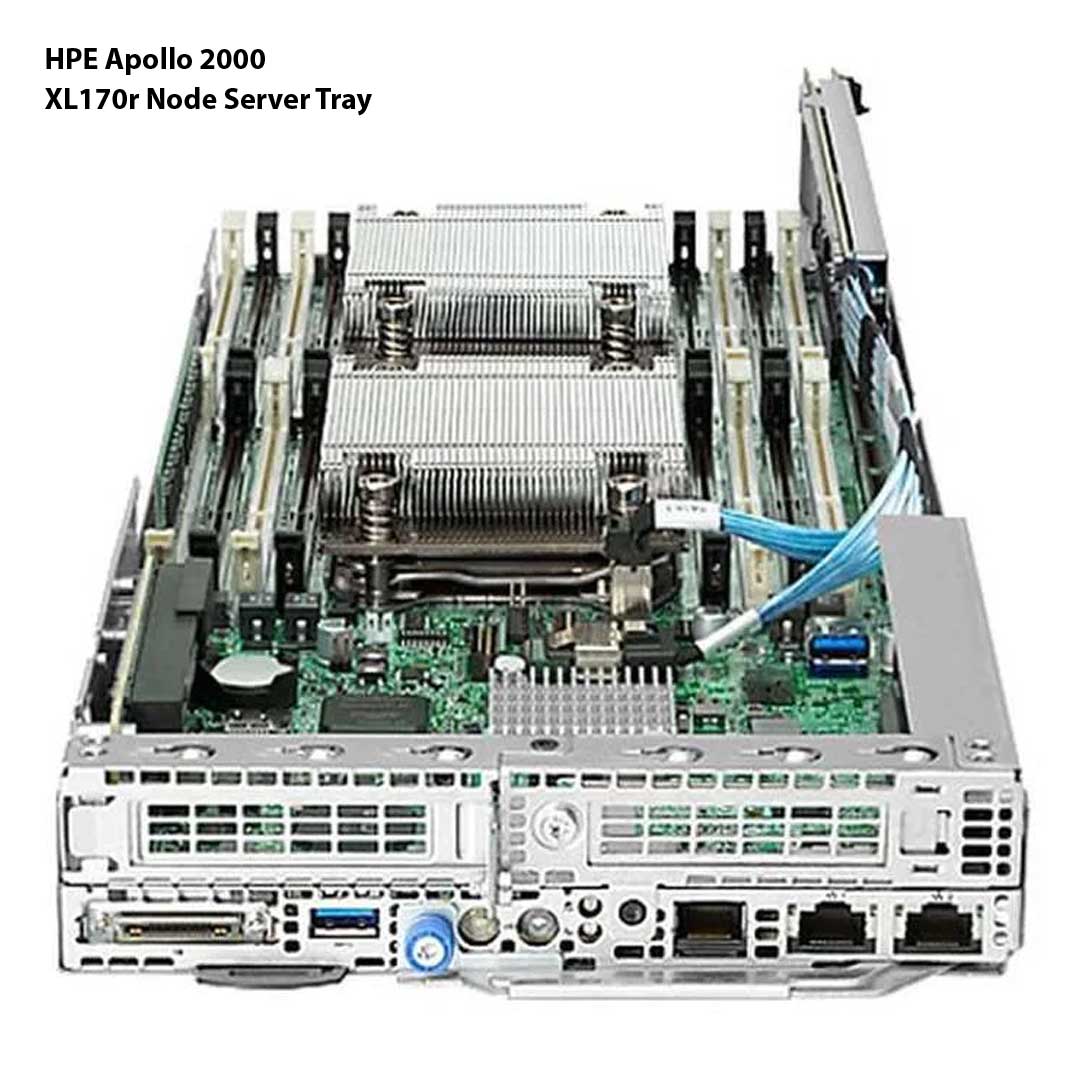
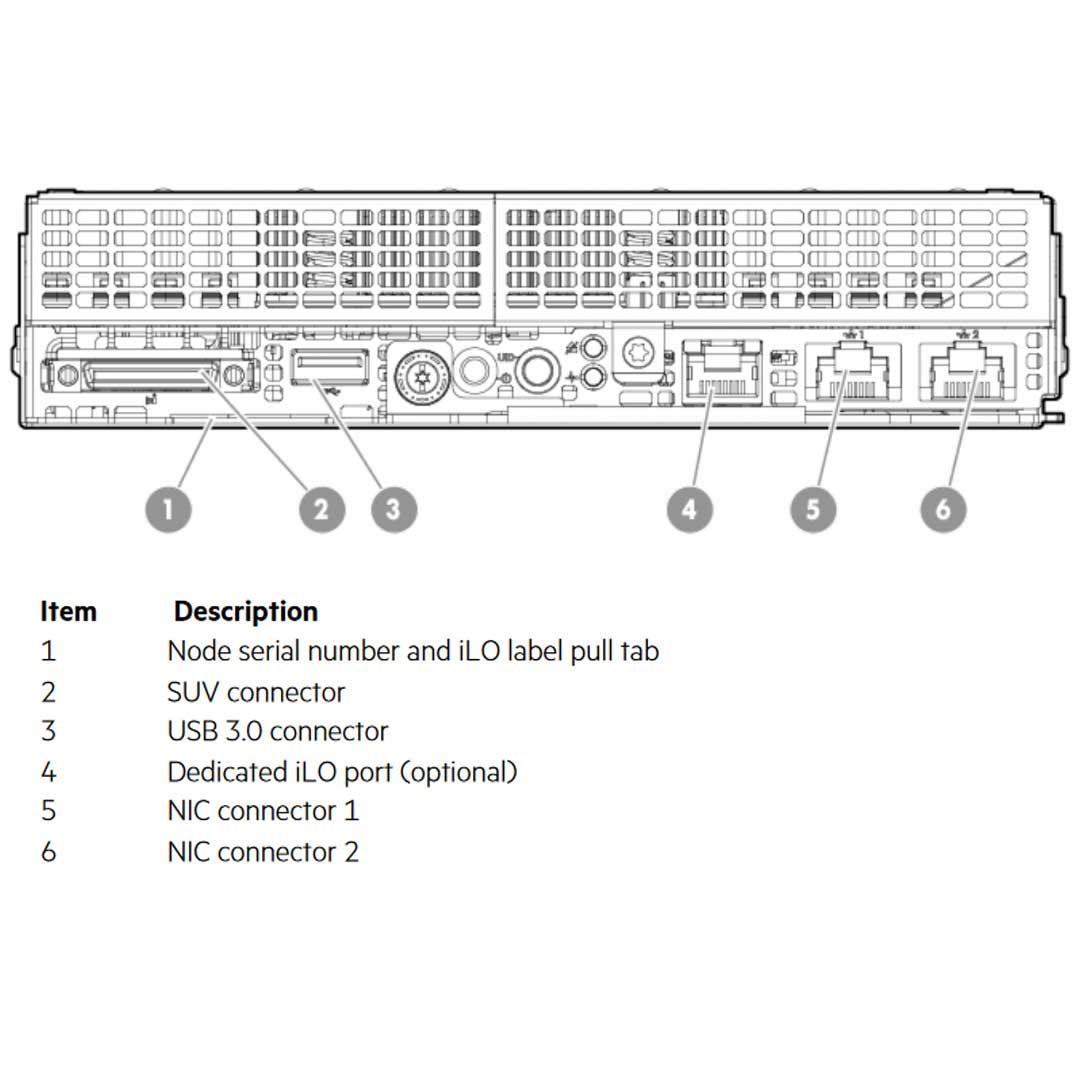
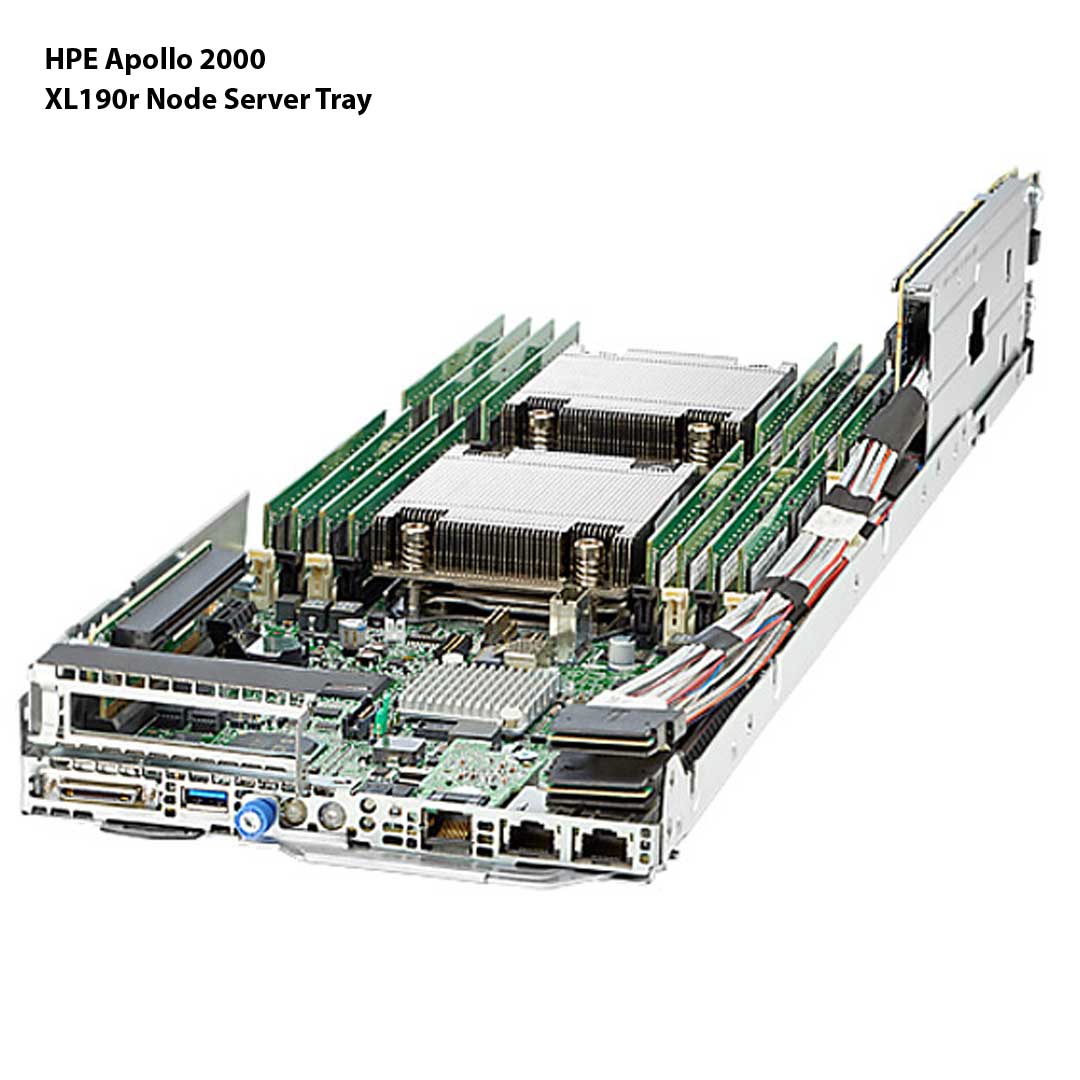
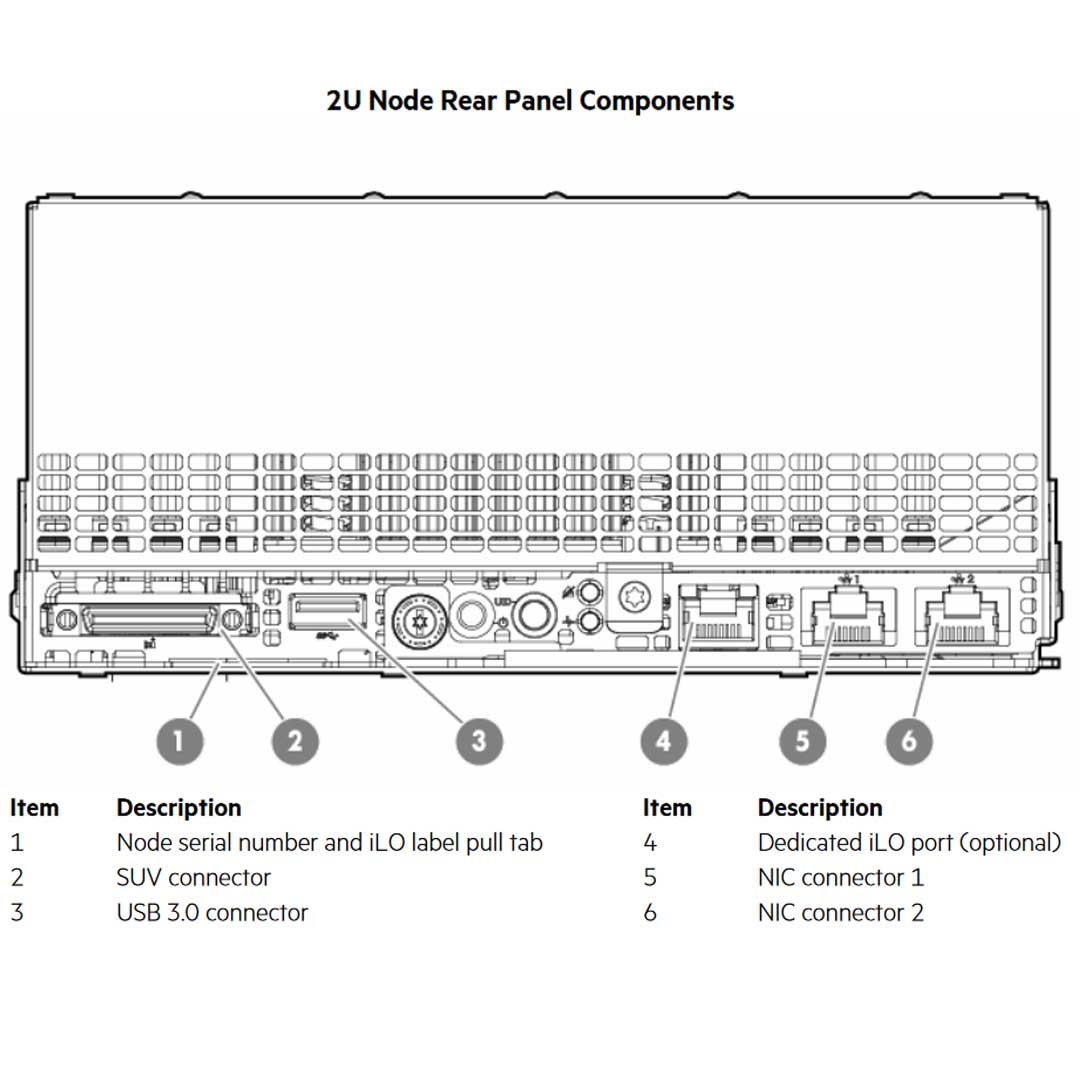
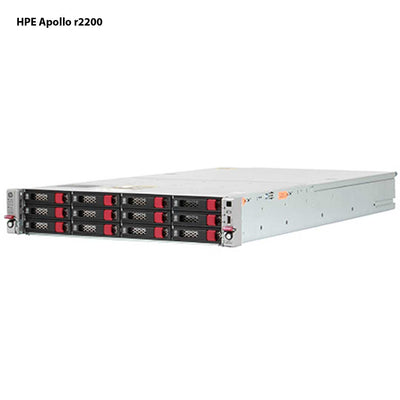
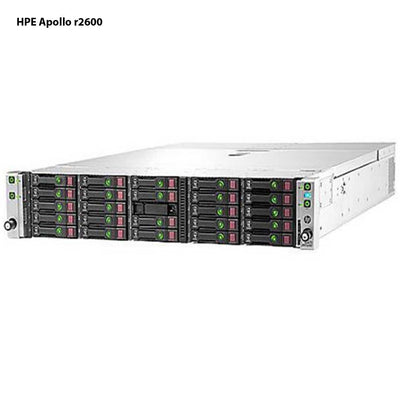
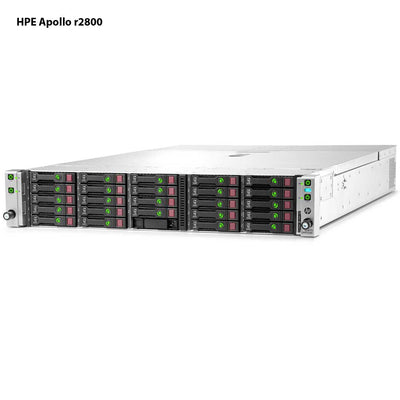
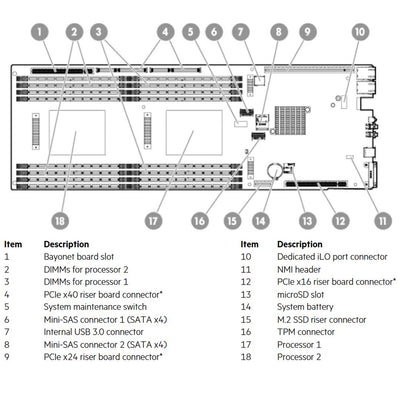
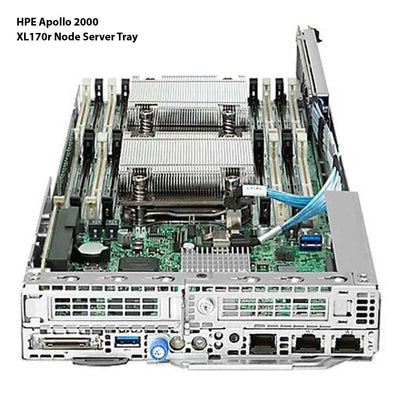
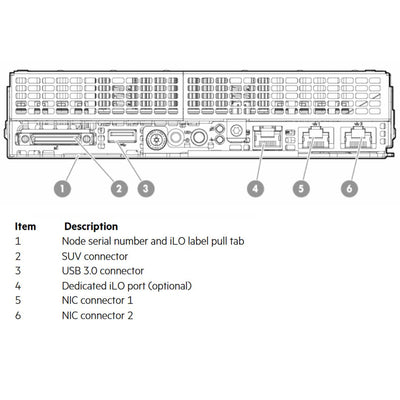
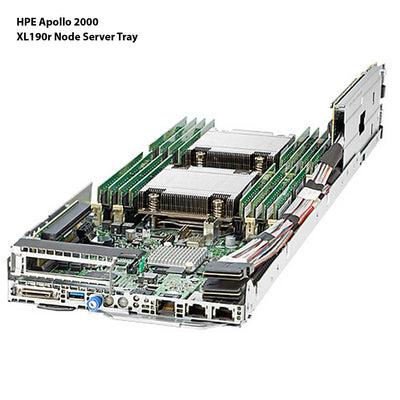
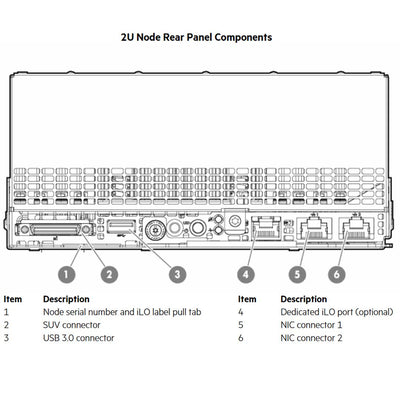
 Apollo r2200 G9 12 LFF
Apollo r2200 G9 12 LFF Apollo r2600 G9 24 SFF
Apollo r2600 G9 24 SFF Apollo r2800 G9 24 SFF w/ Exp
Apollo r2800 G9 24 SFF w/ Exp 1U XL170r | 798155-B2 (Max 4)
1U XL170r | 798155-B2 (Max 4)
 2U XL190r | 798156-B21 (Max 2)
2U XL190r | 798156-B21 (Max 2)











